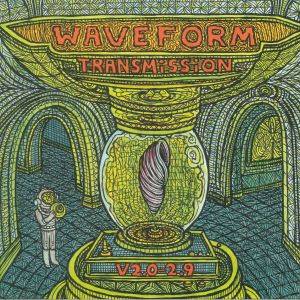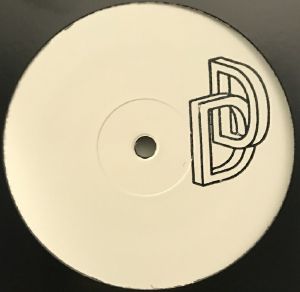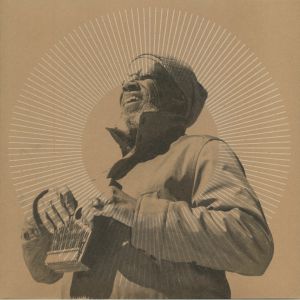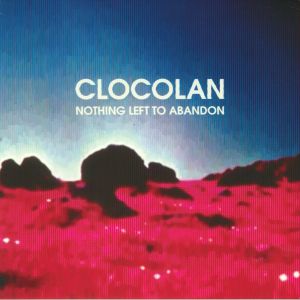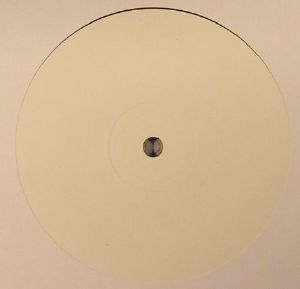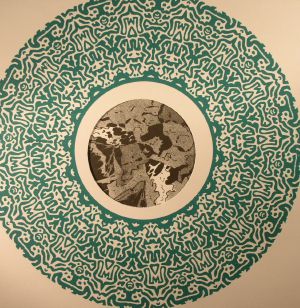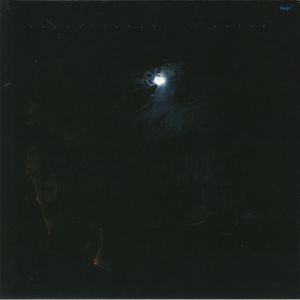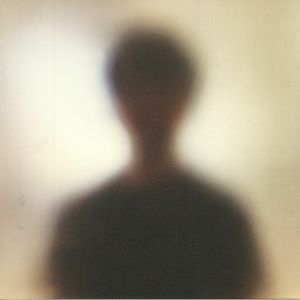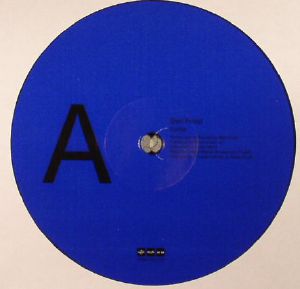
Juno Recommends Ambient/Drone
Ambient/Drone Recommendations September 2017
2 Oct 2017
Read more...
1
Review: Way back in 1996, Rod Modell (he of Deepchord and Echospace fame) joined forces with Chris Troy as Waveform Transmission. They released one, CD-only album, V1.0-1.9, before going their separate ways. 21 years on, they've reunited for this superb follow-up on Astral Industries. While there are naturally plenty of nods towards Modell's usual densely layered, ultra-textured sound - think manipulated field recordings and lashings of outboard analogue effects - for the most part the set is far dreamier and more melodically precise than his ambient works; a testament, perhaps, to Troy's influence. Either way, the resultant tracks are, for the most part, breathtakingly good, sitting somewhere between gently drifting aural meditations and Pete Namlook style deep space soundscapes.
...Read more
out of stock $29.57
2
Cat: WRWTFWW 20. Rel: 25 Sep 17
Ambient/Drone
Review: Earlier in the year, WRWTFWW and Palto Flats both reissued Japanese percussionist Midori Takada's brilliant 1983 debut album, Through The Looking Glass. Now WRWTFWW has gone a step further, releasing another hard-to-find touchstone of Japanese ambient: Takada's 1990 collaboration with jazz pianist Masahiko Satoh, Lunar Cruise. It's another sublime set, all told, with Takada's impeccable percussion work - both jazz-style free drumming and more melodious instruments such as marimba, kalimba and xylophone - being complemented by Satah's slick and atmospheric synthesziers. It's perhaps a little more challenging in places than Through The Looking Glass - some tracks are dense and tribal in tone, or unashamedly experimental - but rarely less than wonderfully atmospheric.
...Read more
out of stock $22.10
3
Review: Following an appearance on the Schleissen series, Tropical Hi-Fi makes a return to Emotional Response with some delightful exotica laced musings perfect for static real world situations, not to mention mind trips to distant shores. Just try listening to the steel guitar lilt and percussive tumble of "Tahiti Blue" and not having the image of a balmy, breezy island scene in your third eye. At times the record drifts off into experimental, field recording focused territory, and occasionally the machines take over for a more electronic experience, but throughout the playful inspiration of exotica binds this wonderfully realised record together.
...Read more
out of stock $13.25
4
Review: Dream Diary is a label operating out of Brixton that has previously featured the likes of Afriqua, Tom Gillieron and Richie Littler on its roster, and now it's the turn of the head honcho Oslo Roma to serve up some more of that subversive four-to-the-floor business. "Mars Water" is an infectious minimal roller with bass that wraps itself around your cerebellum and pulls you in deeper, while "Bubbles" does the same but without any drums to buffet it along. "How Good Is The Party" is a more experimental affair that deals with off kilter rhythmic fragments and spaced out textures, leaving EP closer "Twotet" to drop a more immediate slice of electro on the situation.
...Read more
out of stock $7.73
5
out of stock $20.74
6
out of stock $18.52
7
Review: New label Tell Zero Records hits the ground running with a 10" ambient white label that really impresses. There is some lush, slow motion tribalism on the A side that dives deep into the exotic. On the flip, the second beatless journey features some sombre and evocative Olafur Arnalds style piano playing over some haunting field recordings assembled into a captivating collage.
out of stock $10.23
8
Review: It would be fair to say that Firecracker offshoot Unthank is a little underrated. The 10" series, which variously focuses on experimental deep house and curious downtempo explorations, has previously showcased superb work from Vakula, Inkswel, Booshank and Lord of the Isles, amongst others. Here, Vancouver's LNRDCRY gets in on the act, opening with a wondrous chunk of horizontal ambience - think dreamy, new age chords, throbbing bass and far-out textures - before delivering a suitably saucer-eyed slice of beatless positivity. The dancefloor's not completely ignored, of course, and the EP's final missive is an intense romp through analogue acid blessed, of course, with LNRDCRY's usual impeccably atmospheric chords.
...Read more
out of stock $11.61
9
out of stock $24.05
10
Review: A captivating suite of meditative 'pulse Minimalism' from Japanese architect and sound designer H Takahashi. The Raum album takes its cues from a melting pot of closely connected yet wholly individual strands of the genre: from the Japanese works of Hiroshi Yoshimura and Satoshi Ashikawa, to masters such as Erik Satie and John Cage, and ambient leaders Brian Eno and Roedelius. Takahashi soaks this historical influence and rings it out through a modern filter to create a record of stillness, ethereal beauty and transcendent energy. He recorded the album over two years entirely on his iPhone.
...Read more
out of stock $15.20

 USD
USD




